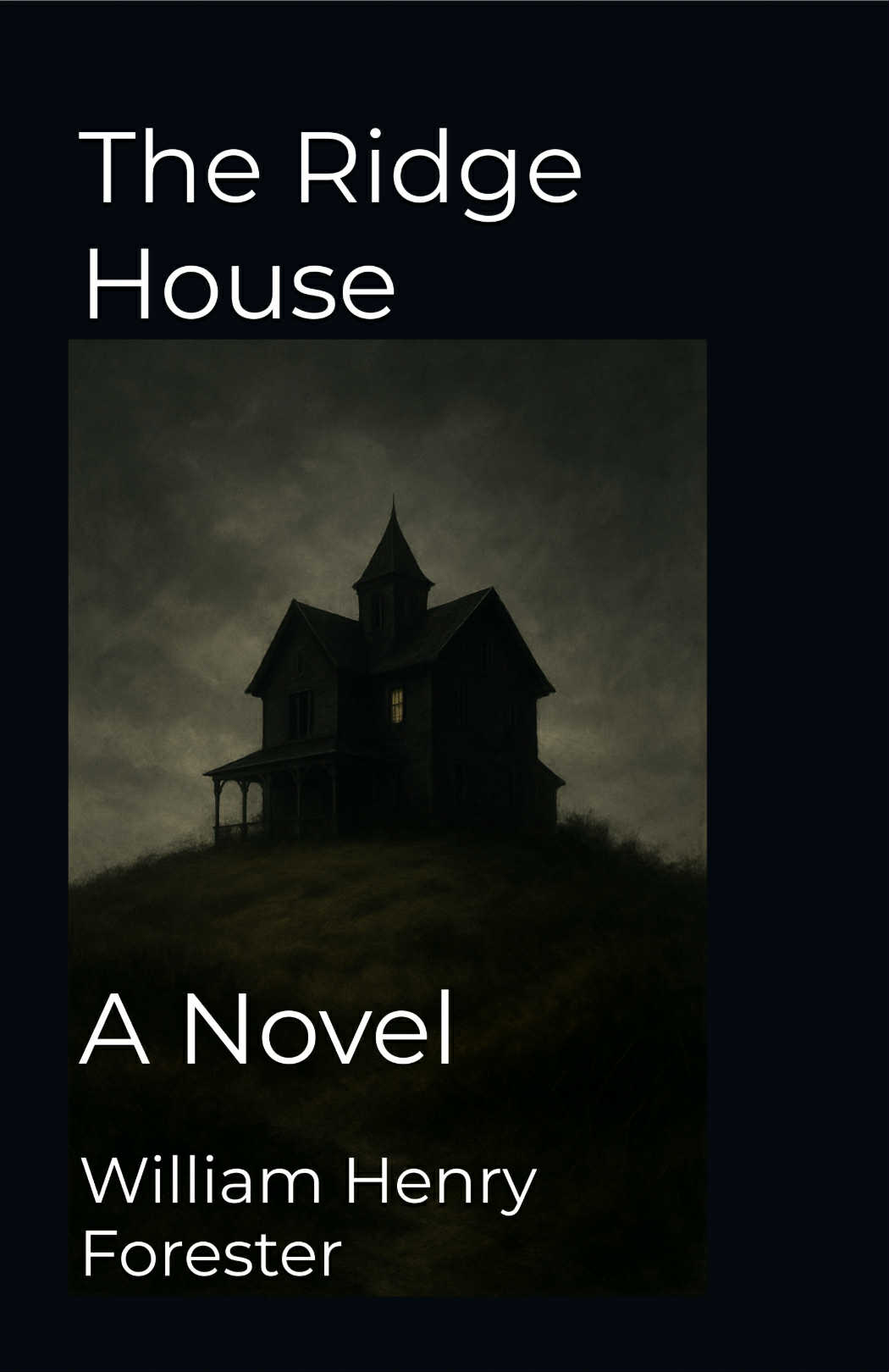There’s a particular chill in the air, a tang of salt and pine, that you can almost feel rising from the pages of a novel set in Downeast Maine. This isn’t just fiction set in a location; it’s fiction born from it. The region, stretching from Ellsworth to the Canadian border, with its rugged coastline, stubborn self-reliance, and weather-beaten communities, has cultivated a literary genre as distinct and compelling as the landscape itself.
So, what exactly defines Downeast Maine fiction? It’s more than just a lobster boat on the cover. It’s a world built on a set of core principles that mirror the very character of the place.

The Protagonist as an Outsider
A central trope of Downeast fiction is the “from away” protagonist. The story is often seen through the eyes of a summer visitor, a returning native, or a newcomer trying to start over. This perspective is crucial. It allows the reader to discover the intricate, often unspoken, social codes of a small Maine town alongside the character. They must navigate the subtle distrust of outsiders, the weight of local history, and the quiet, observational judgment of lifelong residents who have seen countless people come and go. Their journey is one of attempting to earn a place in a world that doesn’t readily grant it.
The Landscape as a Character
In Downeast fiction, the setting is never passive. The relentless fog that cloaks secrets, the nor’easter that isolates and threatens, the crushing, beautiful isolation of the winter—these are not backdrops; they are active forces that shape the plot and define the characters.
The sea is a central figure, both provider and taker. It’s the source of livelihood for lobstermen and the cause of profound loss for the widows left behind. The dense, endless woods are a place of refuge, danger, and hidden truths. The harsh climate mirrors the internal struggles of the characters, reflecting their resilience, their loneliness, and their fortitude.
Themes of Resilience and Secrets
Life Downeast demands a certain toughness, and the fiction reflects this. Characters are often grappling with economic hardship, personal loss, or the ghosts of the past. They are survivors, mending nets and broken hearts with the same pragmatic, quiet determination.
And beneath the surface of every small town, there are secrets. A decades-old disappearance, a hidden family connection, a crime obscured by loyalty and silence—these mysteries are the engines of many a Downeast plot. The closed-off nature of the communities means these secrets are often fiercely guarded, only unraveling when an outsider’s presence disrupts the delicate balance.
The Cadence of Authentic Dialogue
The dialogue in a well-written Downeast novel has a specific, understated music. It’s not the overdone “ayuh” of caricature, but a rhythm of laconic speech, dry wit, and meaningful silence. Characters often communicate more with a raised eyebrow or a grunt than with a paragraph of exposition. This authenticity grounds the story, making the community feel lived-in and real. The humor is wry, the criticism is indirect, and trust is earned through actions, not words.
Masters of the Craft
To understand the genre, one must look to its masters. Linda Greenlaw, the real-life swordfish boat captain turned author, brings unvarnished authenticity to her mysteries, capturing the daily rhythms and dangers of island life. Paul Doiron’s Mike Bowditch series follows a young game warden through the wilds of Maine, where crime and the natural world are inextricably linked. And while she sets her work further south, the ghost of Charlotte McConaghy’s lyrical, environmentally-tinted novel Migrations shares the same DNA of a person seeking refuge in Maine’s harsh, beautiful coastline.
The Enduring Appeal
Why do readers return to these stories? In our hyper-connected, fast-paced world, Downeast fiction offers a literary escape to a place where life is stripped to its essentials. It’s a world where the struggle is tangible, the community is tangible, and the silence has meaning. It satisfies a craving for a story that feels rooted and real, where the resolution is as hard-won as a living pulled from the cold Atlantic.
So, the next time you pick up a novel set in Downeast Maine, know that you’re not just opening a book. You’re stepping into a world of salt-stained sweaters, whispering pines, and characters as rugged and complex as the coastline they call home.
